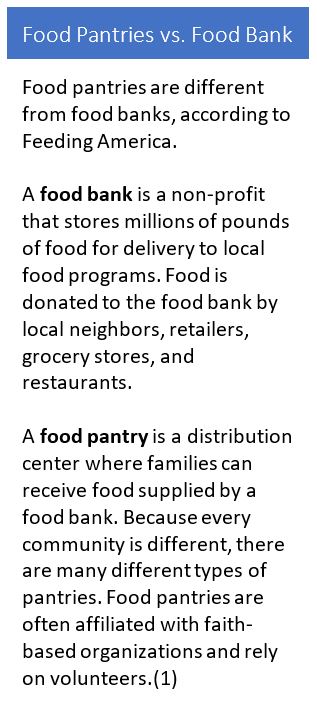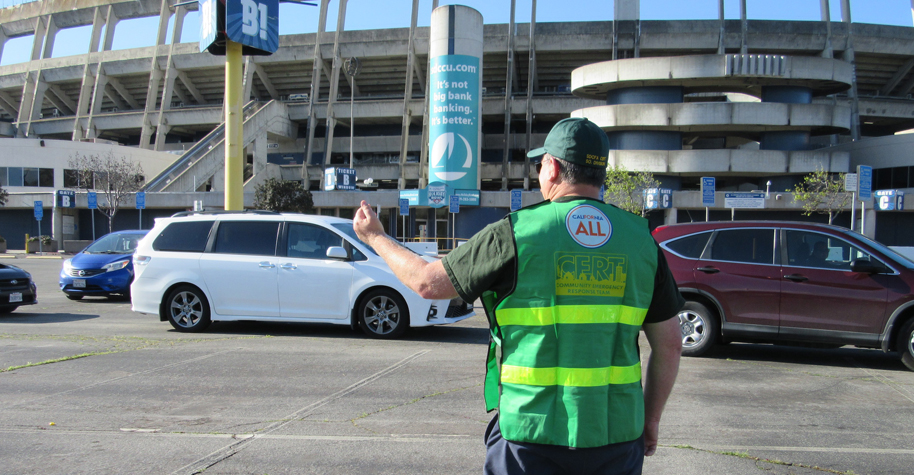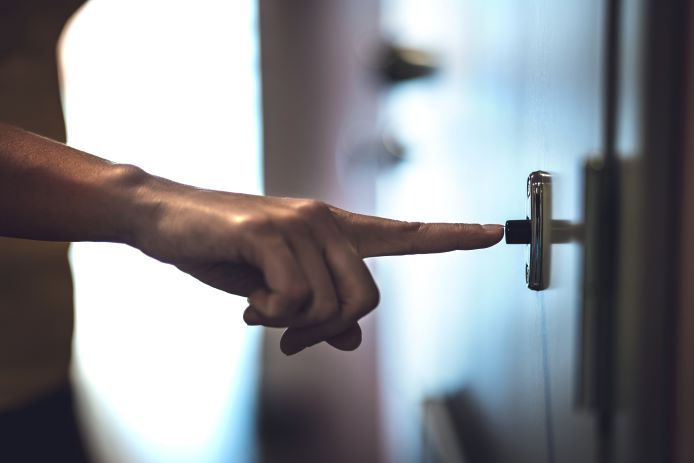
By Jill Sutton, specialist, Emergency Preparedness and Response, APHL
This year marks the 20th anniversary of the CDC Public Health Emergency Preparedness (PHEP) Cooperative Agreement, a program that was developed in 2002 to strengthen preparedness capabilities in public health departments across the US.
Public health preparedness today can be attributed to developments in policy and funding since the September 11, 2001 terrorist attacks and the anthrax attacks that followed shortly after. Over the last 20 years, public health preparedness has evolved from a bioterrorism focus to an all-hazards approach, a framework that focuses on how we prepare and respond to a wide range of public health threats like infectious diseases and natural disasters as well as biological, chemical, nuclear and radiological events.

What is PHEP?
Since 2002, the PHEP program has been a critical source of funding, guidance and technical assistance for state, local and territorial public health departments. Thanks to PHEP, health departments are able to support preparedness and response activities and strengthen their preparedness capabilities so they are ready when public health emergencies strike.
At the local level, public health departments invest their PHEP funds to:
- Enhance preparedness infrastructure,
- Conduct trainings and exercises,
- Hire dedicated preparedness staff,
- Establish and maintain systems that enable the early detection of public health threats like monkeypox or COVID-19,
- Quickly acquire emergency supplies and equipment, and
- Rapidly share public health data to inform response needs.
As a result of these investments, communities are more prepared for public health emergencies than they were 20 years ago, but there’s still more that needs to be done. Federal preparedness funding has declined over the last 20 years, forcing PHEP recipients to cut positions, preparedness trainings and exercises, and equipment needs from their budgets. This has caused public health departments to be unable to expand or maintain their preparedness capabilities. A lack of sustainable funding directly impacts the capacity of state, local and territorial health departments to prepare for and respond to public health threats that arise in the communities they serve.
As we also celebrate National Preparedness Month, we honor the 20th anniversary of PHEP and all that it has helped our nation accomplish. Whether we are facing a pandemic or not, we need to remain prepared for the next public health emergency. It is our sincere hope that funding for PHEP will rise to ensure our nation’s public health system is prepared for the next emerging threat.
The post Public Health Emergency Preparedness (PHEP) funding program marks 20 years appeared first on APHL Blog.








